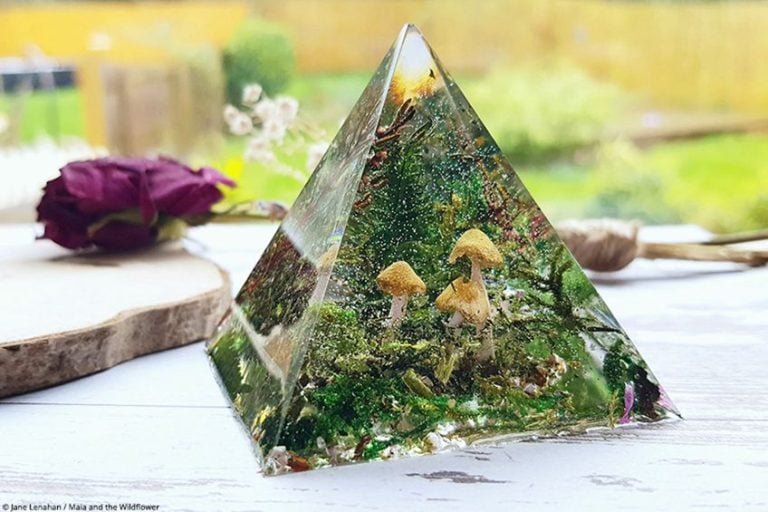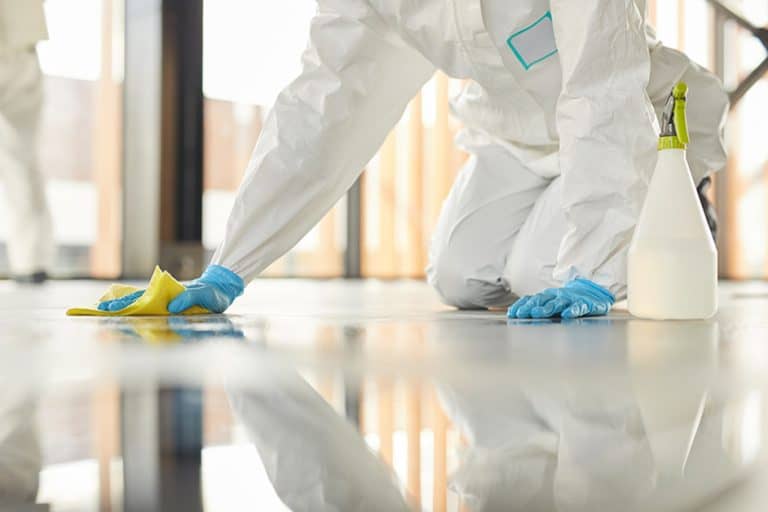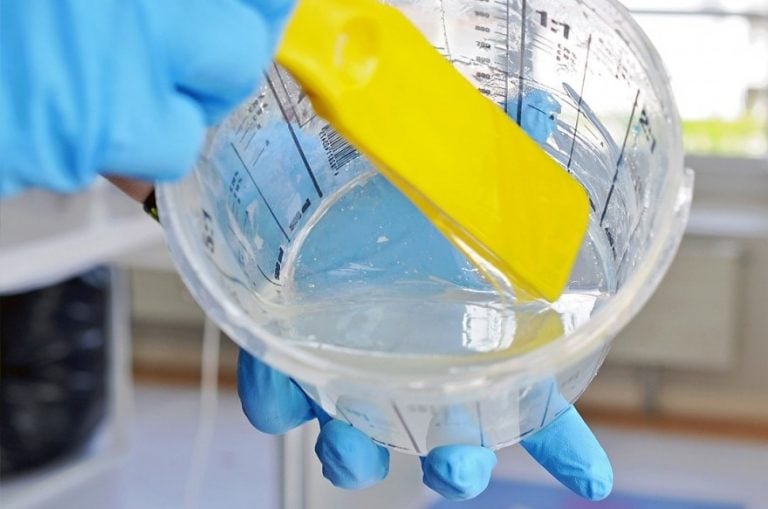How to Get Resin Off Hands – Guide For Epoxy Skin Removal
This post may contain affiliate links. We may earn a small commission from purchases made through them, at no additional cost to you.
Finding something you love to do can be an invigorating experience, the feeling of simply enjoying an activity and making something that you’ll be able to admire and covet forever. For quite a lot of people, resin allows them to do this, and if you have ever tried making something from epoxy resin you know that it can be hours of endless fun, but the clean-up can be a bit of a battle, especially if you happen to get some on your hands. Pulling resin off can be painful, slow, and ineffective, so how do you get resin off your hands? There are a few methods you can use, so for your convenience let’s have a look at how to resin off hands as quickly and painlessly as possible.
Table of Contents
How Does Resin End Up on Your Hands?
Anyone that’s worked with resin for long enough knows that they are supposed to wear gloves to avoid any nasty spills on their hands, but circumstances don’t always promote caution to the forefront of our minds, and mistakes are made. People get tired, gloves go missing, you could run out of new gloves, or you could simply get a bit overconfident in your ability as your skills develop, and let’s face it, we’re all human and believe we’re beyond reproach.
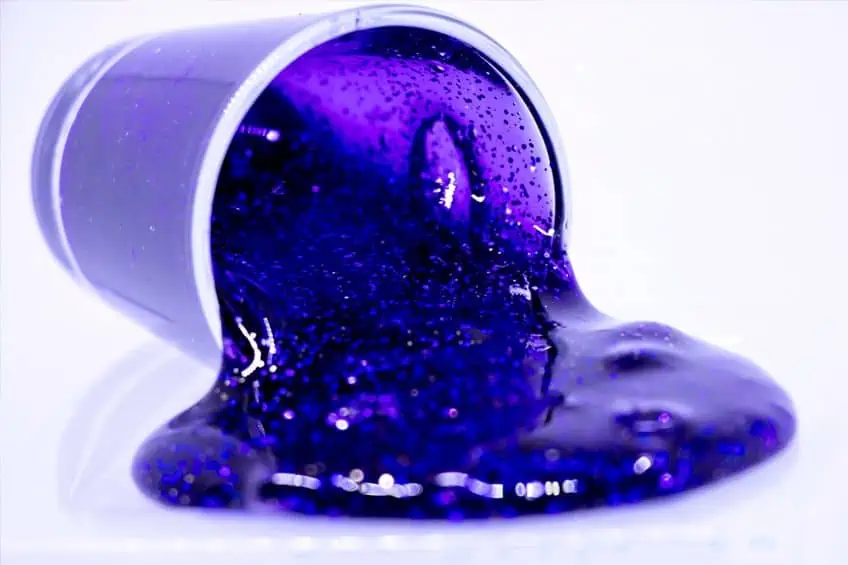
It’s really important to say, that resin is toxic and irritating in its liquid form. Always wear safety goggles, nitrile gloves, and make sure that liquid resin does not come in contact with your skin!
This being said, you should seek immediate medical attention if it comes into contact with your eyes, or if any resin is accidentally ingested. Now that you know what could lead to the resin being spilled let’s have a look at what can be done should you find yourself (quite literally) in a sticky situation.
How to Get Resin off Hands
A common question is how to get resin off hands. There are a few ways that you could go about removing resin from your hands, and how useful these are will depend on what you have available, and if you happen to be searching for “how to resin off your hands”, the chances are that you have some on your hands right now, so we’ve included how to remove resin from your keyboard toom just in case.

Liquid Soap
This is the most common go-to item when it comes to removing resin from your skin. Soap and water are great for removing resin from your hands because resin and water (and by extension soap) don’t mix well, water inherently displaces epoxy resin and therefore dissolves the bond between the resin and your skin.
You won’t have to do much scrubbing either, most commonly available resins will simply fall off especially if you are washing your hands in warmer water.
Rubbing Vinegar
This can come across as quite a strange entry, and if you are wondering how to remove resin from your skin with vinegar, it is actually quite simple and really effective compared to other methods. Back in the day, before concrete research was done in the medical field there were few concrete cures to fungal infections, thankfully vinegar was discovered to be quite effective at this.
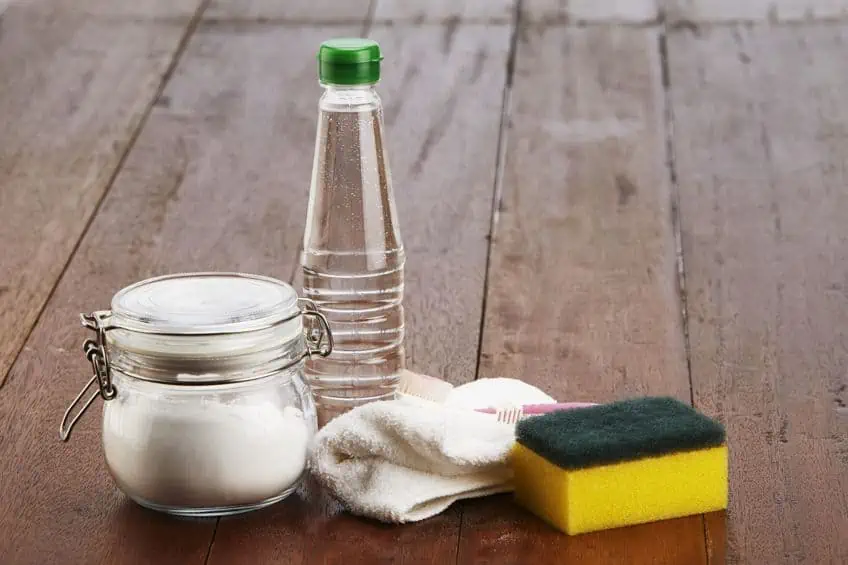
These days we have medications and cremes with anti-fungal properties, and vinegar has come to be viewed as a crude, although tasty alternative. Vinegar like water and soap dissolves not only the adhesive bond between resin and your skin but the resin itself! Simply soak the corner of the rag in some vinegar and scrub the sticky coating away.
Citrus Cleaners
Contrary to what this title would have you believe, rubbing an orange on your skin won’t be very effective in removing resin. If you are wondering how to remove resin from the skin using citrus, it’s simply with citrus-based liquids or cleaners. How does this work? Put simply, citrus is acidic in nature, which anyone who’s ever experienced heartburn after eating too much tropical fruit products will know, and it’s this acidic quality that makes citrus-based cleaners perfect for removing resin from your hands or skin in general. We do recommend that if you are going to be applying a citrus solution directly to your skin that you use water to calm the effect, as concentrated citrus can cause very mild irritation to sensitive skin.
Alternatively, there are citrus-infused soaps on the market which are sold at most health and wellness stores.
Baking Soda
How to remove resin from the skin using baking soda is a little-known trick that is surprisingly effective considering that it’s something most people would never consider. Baking soda in conjunction with some dish soap will cause the resin solution to dissolve and be powerful enough to remove it from your hands with scrubbing. The process is simple, pour some pure baking soda into your hands (remember that your hands should be dry at this point) and add some dishwashing liquid to it.
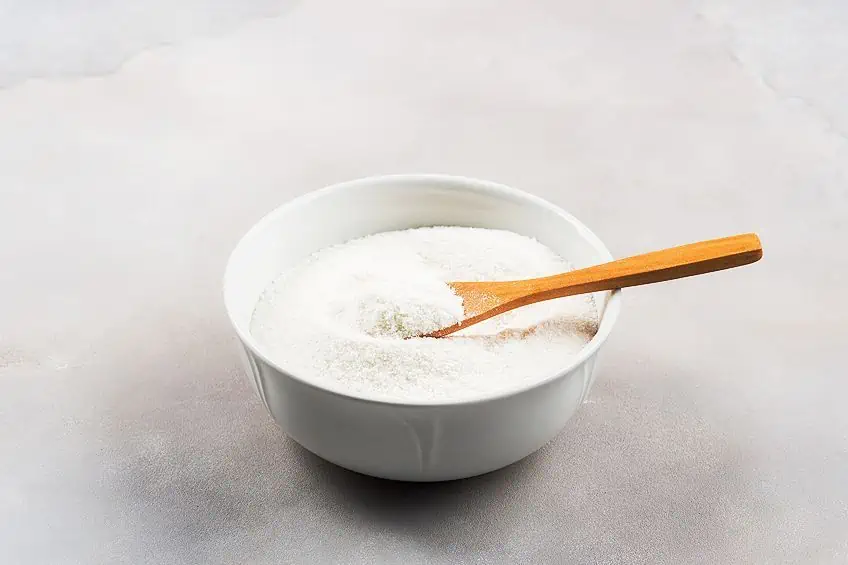
Once the dishwashing liquid and the baking soda have been mixed together in your hands, scrub the mixture together thoroughly. This should just be the dry mixture of baking soda mixed together with the dish soap, and once the resin has been dissolved, wash it off with some water.
Sugar Scrub
One of the lesser-known ways to remove resin from your hands is to use a sugar scrub mix that you can make at home with some items you have around. This is not as effective as some of the other methods we mentioned previously but it will work in a pinch if you do not have any of the other items we mentioned running around, or if you’re simply pressed for time. The method is a bit complicated, but you should be able to make enough of this scrub to last you for a while. Simply take two cups of sugar, half a cup of oil, about 15 drops of essential oil, and mix it together well. This method will not only ensure that your hands are clear of any sticky resin but will do wonders for your skin in the long run.
Sugar scrub works on various stains so be sure to keep some around in case of emergencies.
How To Remove Epoxy from Your Keyboard
As promised, we guessed that you would have some trouble with your keyboard if you have some resin on your hands. The good news is that keyboards are made of plastic and removing resin from plastic is really simple because it does not have the same bonding effect that it has on the skin. Since it would be a decidedly bad idea for you to use anything remotely water-like on your precious computer.

In this instance, the best way to remove resin from your keyboard would be with wet wipes. Since there isn’t a porous bind between your keyboard’s plastic surface and the epoxy resin, it will dissolve quite easily, and you should be good to go after giving it a good once over. This being said, the same method can be applied to any plastic surface you find yourself spilling some resin on in the future.
Now that you know how easily resin can be spilled on surfaces, how to remove resin from certain surfaces, and how to prevent resin from getting on your skin in the first place it’s time for you to go out there and put your newfound skills to the test. Remember to always work in a well-ventilated area and wear protective clothing!
Frequently Asked Questions
How To Remove Epoxy from Skin?
A commonly asked question is how to remove epoxy from skin. One of the most effective ways to remove epoxy from skin is to simply use some soap and water. Soak your hands in the liquid thoroughly and ensure that scrub vigorously to remove the resin. The soapy water will help dissolve the resin and make it easy to remove. Alternatives are vinegar, baking soda, and sugar scrub for resin removal.
Is Resin Dangerous for Your Skin?
Resin is dangerous for your skin. Especially if you get in contact over a longer time, it can lead to eczema and allergic reactions over time. Always wear the appropriate personal protective gear and do not work bare-handed.
In 2005, Charlene completed her wellness degrees in therapeutic aromatherapy and reflexology at the International School of Reflexology and Meridian Therapy. She worked for a company offering corporate wellness programs for several years before opening her own therapy practice. In 2015, she was asked by a digital marketer friend to join her company as a content creator, and it was here that she discovered her enthusiasm for writing. Since entering the world of content creation, she has gained a lot of experience over the years writing about various topics such as beauty, health, wellness, travel, crafting, and much more. Due to various circumstances, she had to give up her therapy practice and now works as a freelance writer. Since she is a very creative person and as a balance to writing likes to be active in various areas of art and crafts, the activity at acrylgiessen.com is perfect for her to contribute their knowledge and experience in various creative topics.
Learn more about Charlene Lewis and about us.


